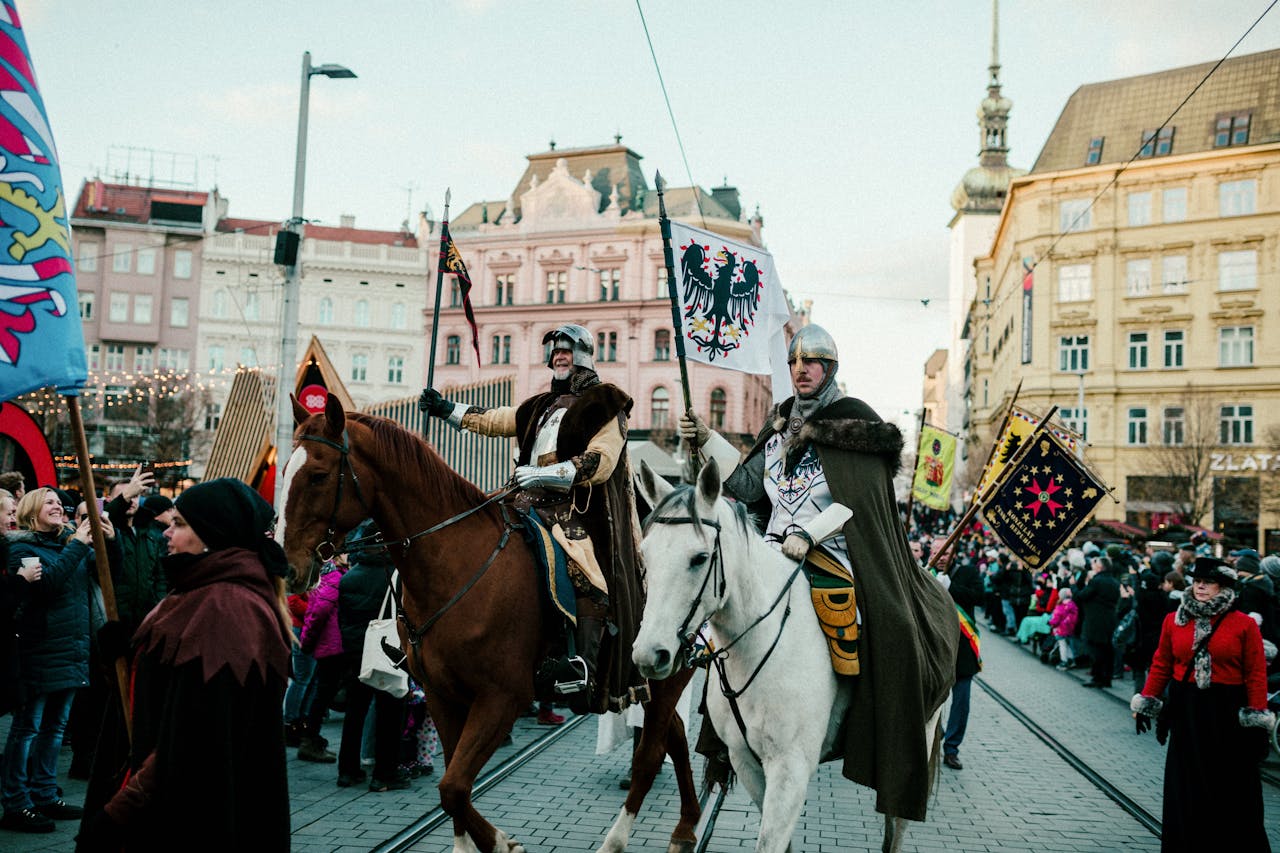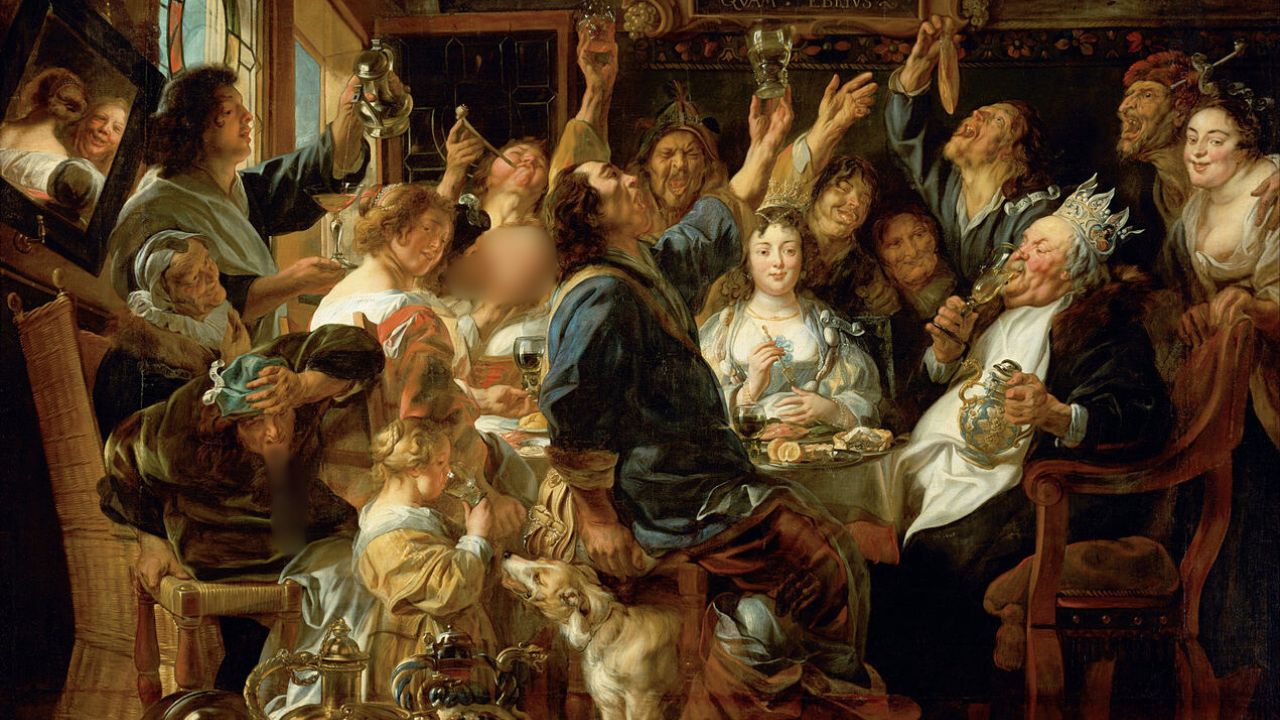Medieval times have captured the imagination of filmmakers, with their grand castles, knights in shining armor, and epic battles. However, the Hollywood portrayal of medieval life often deviates significantly from reality. Many myths, fueled by dramatic retellings, ignore historical facts, leading to misconceptions about everything from hygiene to political systems. Let’s separate truth from fiction by exploring ten common myths about the medieval period that movies often get wrong and uncover the real stories behind them.
1. Knights Always Fought In Shiny Armor
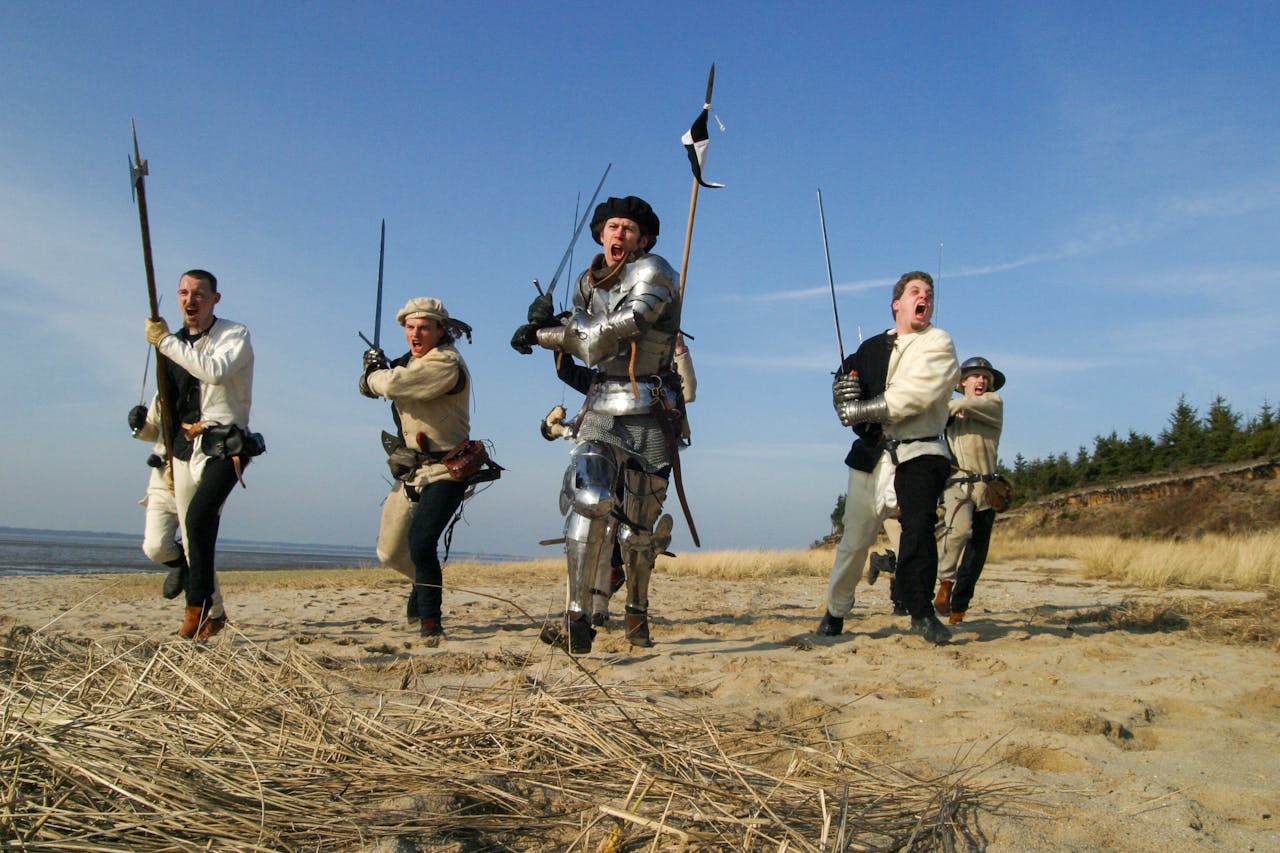
The image of knights in gleaming, spotless armor is a cinematic classic, but it’s far from the truth. Armor was heavy, difficult to maintain, and prone to rust in the damp conditions of medieval Europe. Knights usually wore armor that was well-used and often in need of repair. In fact, armor was often designed to be practical rather than decorative, and it wasn’t until the late medieval period that fully articulated plate armor became common, making the shiny, pristine knight a rare sight in reality.
2. The Black Plague Wiped Out Half Of Europe’s Population
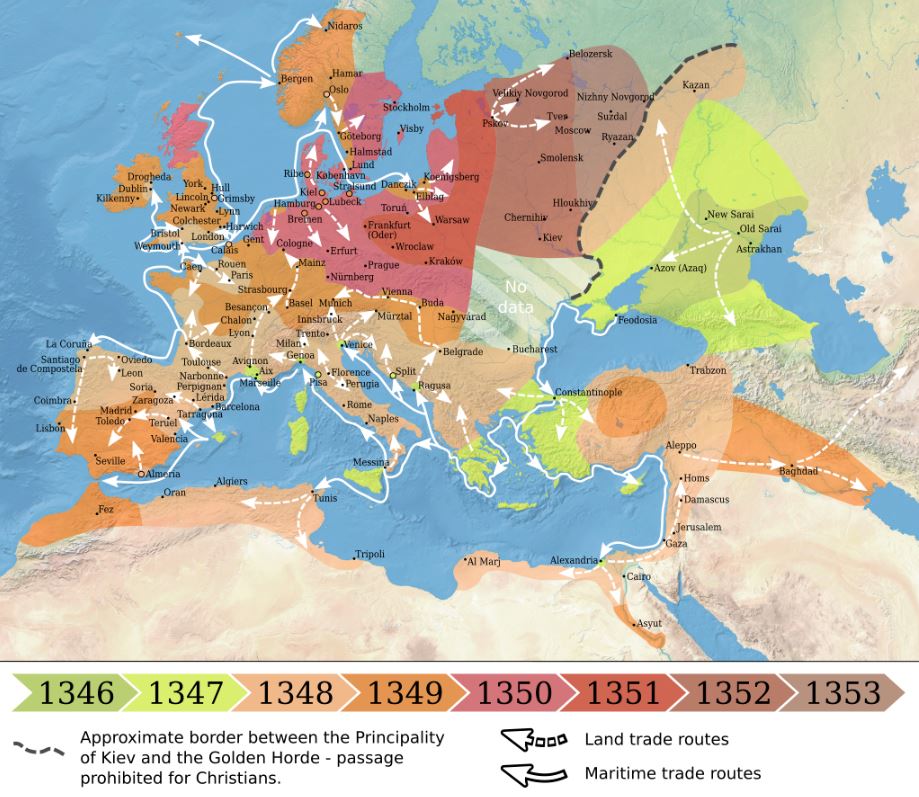
Movies often claim that the Black Plague wiped out 50% or more of Europe’s population, but historical evidence suggests it was closer to 30-40%. The plague, which spread across Europe from 1347 to 1351, killed millions, but it didn’t decimate the entire continent. Some areas, like parts of Eastern Europe, were affected less than others. The exact death toll remains debated by historians, but it was a catastrophic event, influencing social structures, labor, and even wages as survivors demanded higher pay due to the labor shortage.
3. Serfs Were Bound To Their Land Forever
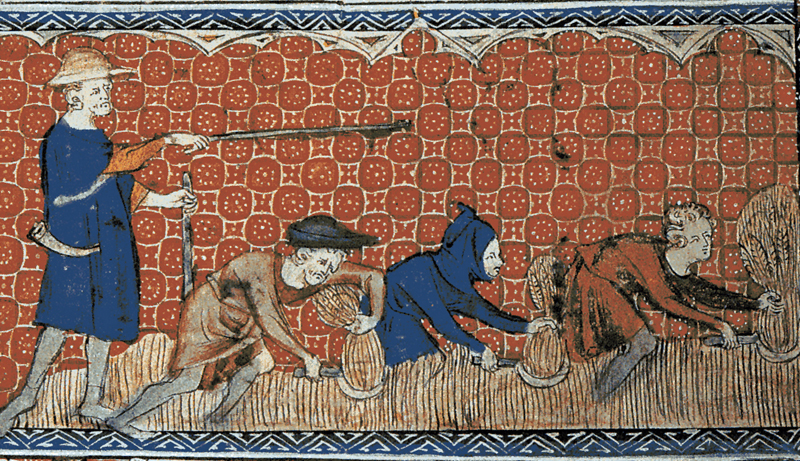
Movies love to portray serfs as enslaved, completely trapped on the land they worked, but this is a myth. While serfs had limited freedom compared to the nobility, they were not entirely bound to their land. Over time, many serfs had the option to leave their lord’s estate, particularly during periods of social upheaval like the Black Death. Some became skilled artisans or took up jobs in growing towns. While serfdom was oppressive, it allowed for upward mobility in certain circumstances, and serfs could negotiate for better conditions.
4. Medieval People Thought The Earth Was Flat
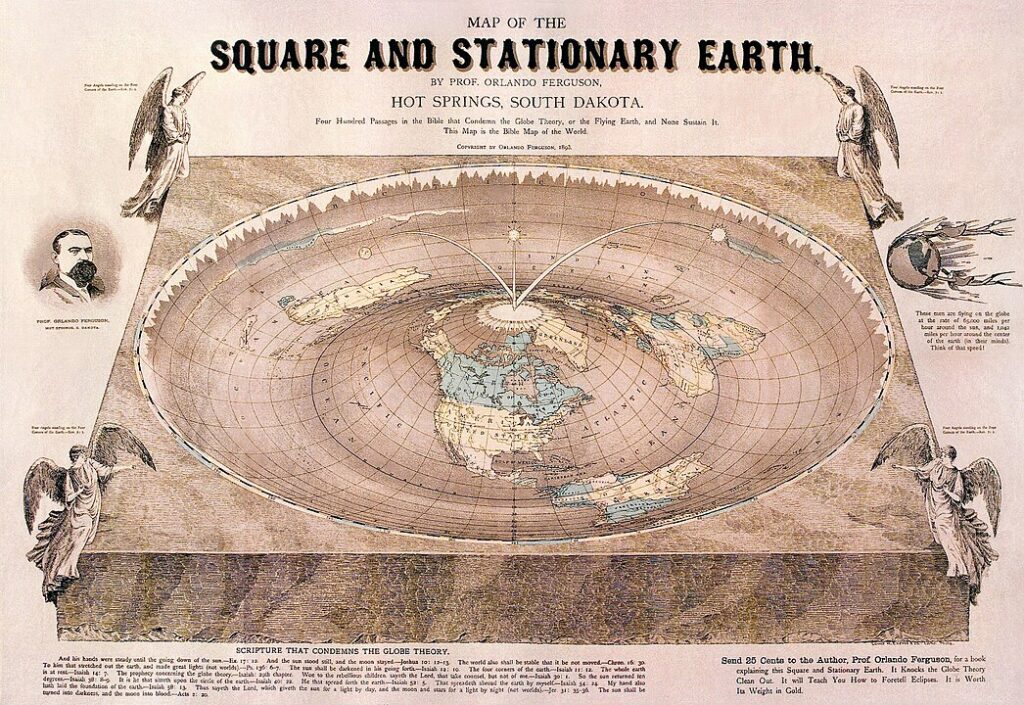
The idea that medieval people believed the Earth was flat is a complete misconception. By the medieval period, most educated people knew the Earth was round, thanks to the work of ancient Greek and Roman scholars like Pythagoras and Aristotle. In fact, the spherical shape of the Earth was widely accepted among scholars by the 11th century. The myth of the flat Earth arose during the 19th century, when it was misattributed to the Middle Ages, likely as a way to demonstrate the “darkness” of medieval thinking.
5. Everyone Spoke In Old English Or Latin
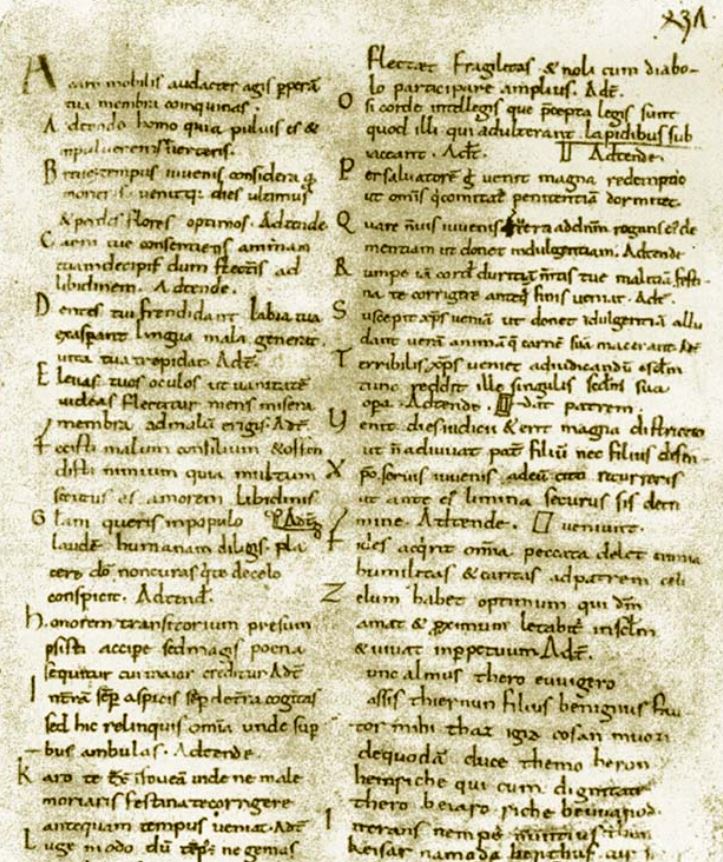
While Latin was the language of the church, law, and education, most people in medieval England spoke Old English (and later Middle English). But the idea that everyone was speaking in a language barely understandable to modern ears is a stretch. Over the centuries, Old English evolved, and by the 14th century, the dialects of English were becoming more recognizable to us today. Even in places like France and Spain, common people spoke local dialects of Romance languages, not Latin, which remained confined to religious or scholarly contexts.
6. Castles Were Only Built For Defense
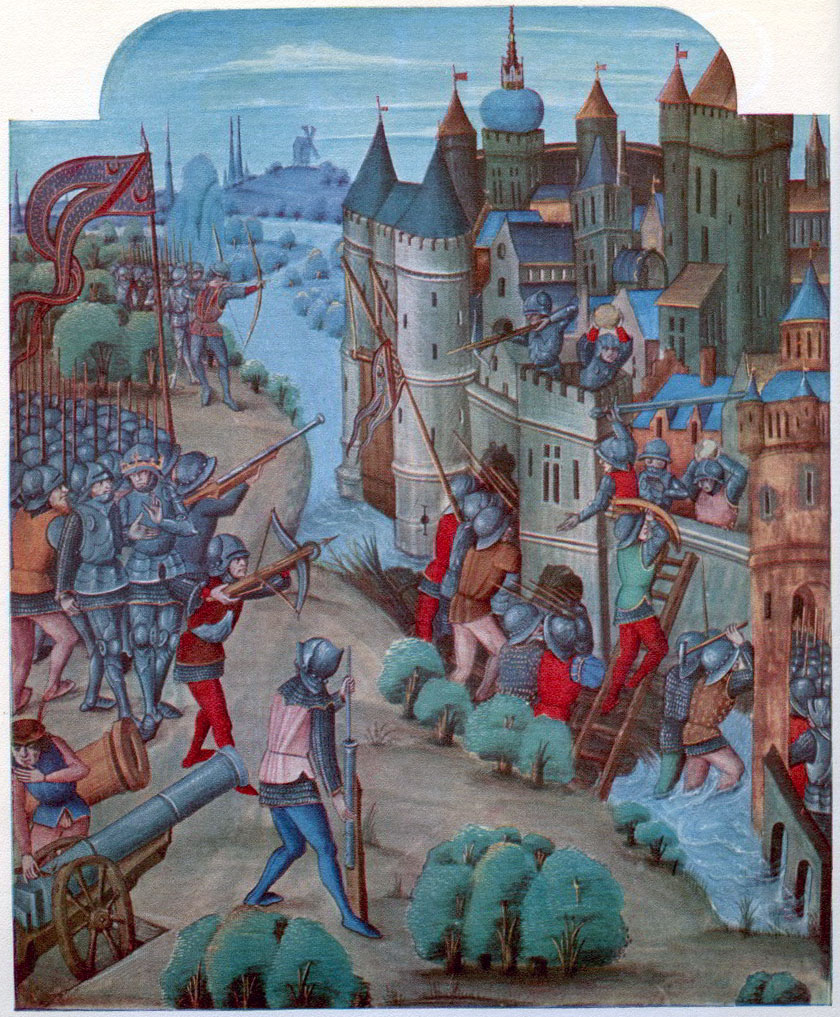
While castles were indeed defensive structures, they were also homes, administrative centers, and symbols of power. The idea that castles were simply cold, fortress-like buildings is inaccurate. Most castles had elaborate living spaces, complete with luxurious rooms for nobility, decorative tapestries, and heated areas. Over time, as warfare evolved, castles also became more comfortable, with designs that included courtyards, gardens, and even private chapels. They were multifunctional, serving both strategic and social purposes.
7. All Medieval Warfare Was Fought On Horseback
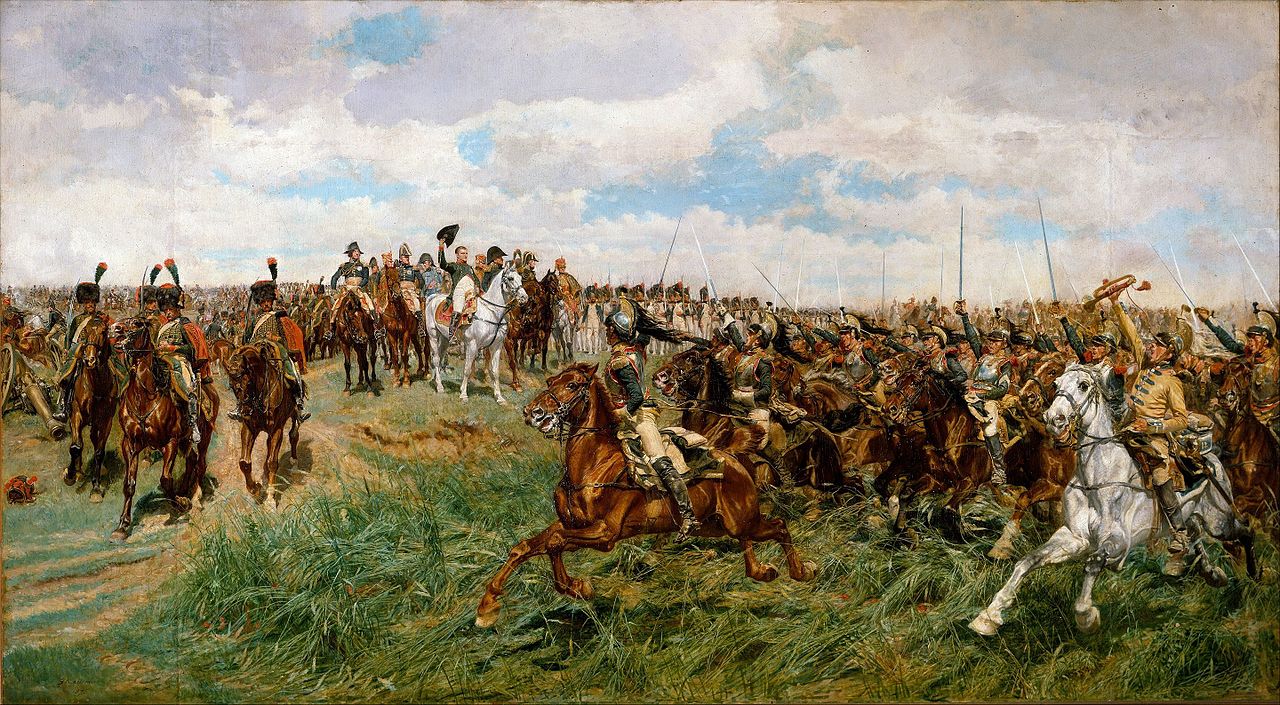
While knights and cavalry were an important part of medieval warfare, most battles were not fought on horseback. Foot soldiers, archers, and pikemen often made up the bulk of armies. The Battle of Agincourt in 1415, for example, involved far more infantry than cavalry. The use of the longbow, crossbow, and polearms revolutionized how battles were fought, with foot soldiers playing a critical role. The romanticized image of mounted knights charging into battle was only one part of the medieval battlefield.
8. Women Had No Power Or Influence
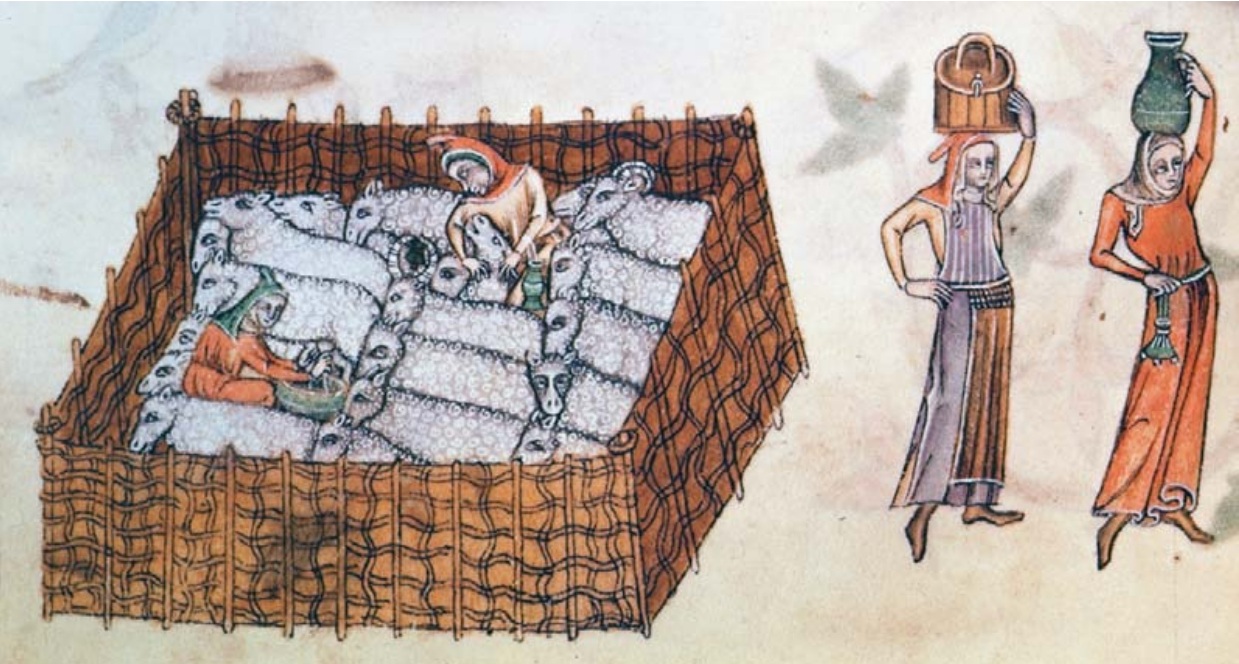
Medieval women were not entirely powerless, as Hollywood often suggests. While they had fewer legal rights than men, women in the Middle Ages could own property, inherit land, and even rule in certain circumstances. Powerful women like Eleanor of Aquitaine and Queen Matilda ruled vast territories, and women like Hildegard of Bingen were influential in religious and intellectual life. Many women were also active in trade, crafts, and education. While gender roles were certainly restrictive, they were not entirely limiting for every medieval woman.
9. Knights Fought In Tournaments All The Time
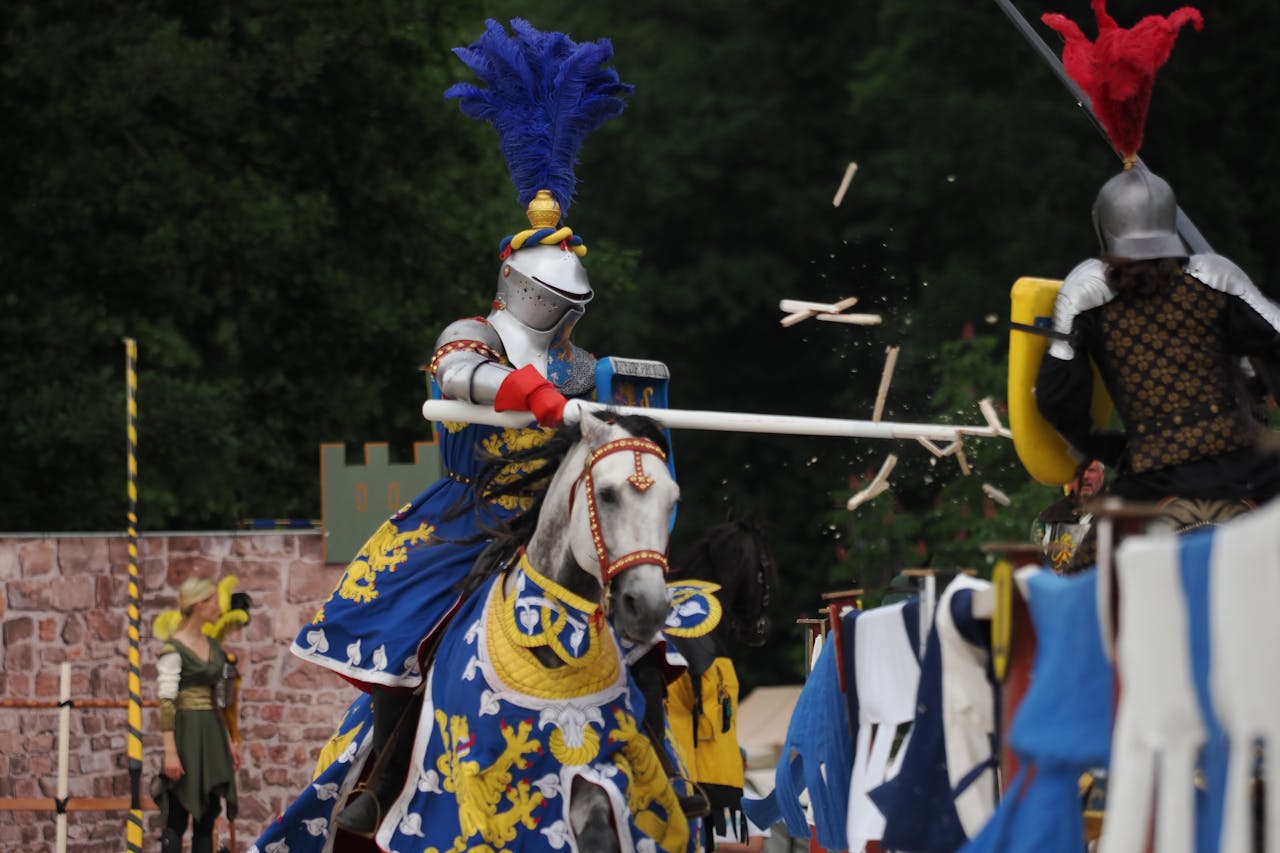
Knights did participate in jousting tournaments, but these were not as frequent or as common as films suggest. Tournaments were events for training, practice, and socializing, but they were not daily occurrences. They were often tied to specific festivals or events and were costly to organize, making them a rare form of entertainment for the nobility. The majority of knights’ time was spent in military service, managing estates, or participating in actual battles rather than engaging in tournaments for fun.
10. People Were Always Fighting For Land
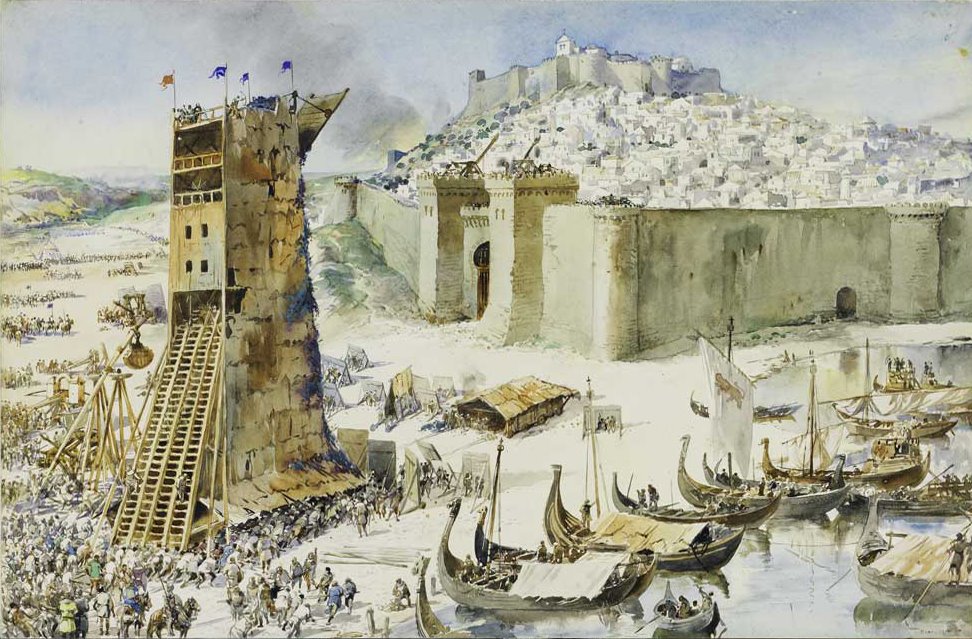
While medieval Europe did experience its fair share of wars over land, it was not an endless battle for territory as films sometimes portray. Feudal systems meant that lords were often more concerned with maintaining their existing lands and power than constantly seeking new conquests. Conflicts were frequently driven by dynastic ambitions, religious differences, or political disputes rather than pure land hunger. In fact, the consolidation of land and power by large kingdoms often led to stability in the later Middle Ages, not endless warfare.
